The Independent's journalism is supported by our readers. When you purchase through links on our site, we may earn commission. Why trust us?
The best sleeping bags for camping, festivals and hiking, tried and tested
With kids’ sleeping bags, cocoons for two and even wearable options, everyone’s bound to be a happy camper
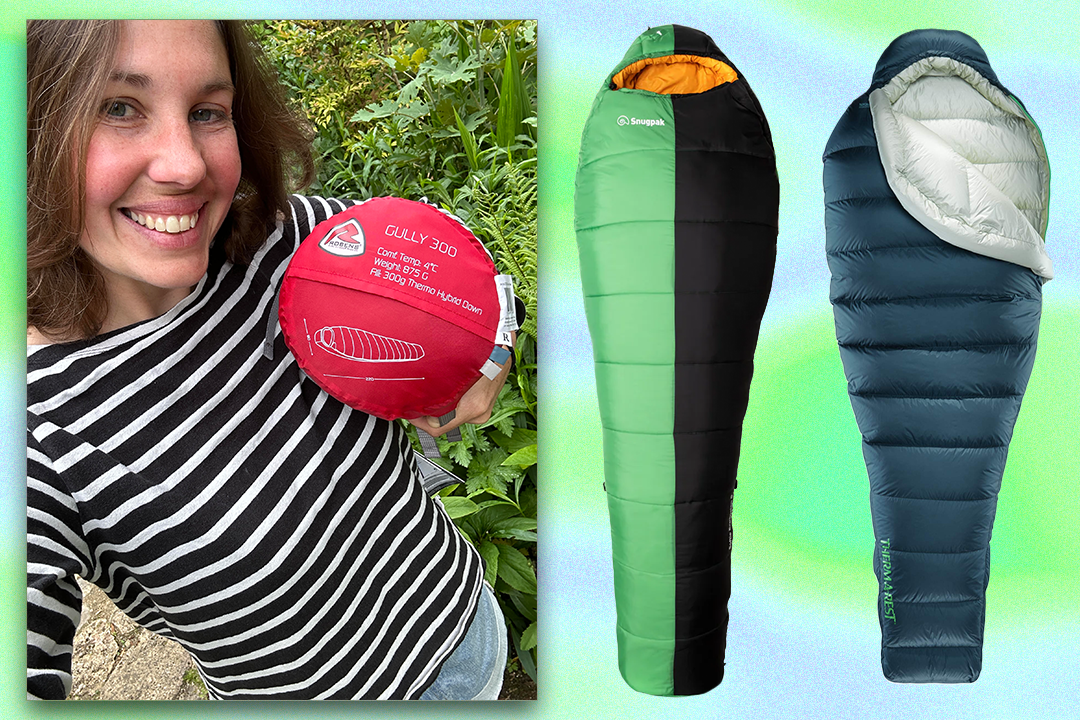
Planning to carry on camping this summer? The sleeping bag you pick is key when it comes to getting a warm and comfortable night’s sleep in the great outdoors. With all sorts of shapes and sizes (and price points) available, we’ve put together a list of our pick of the best sleeping bag designs to suit all campers.
First things first: how are you going to transport your sleeping bag? If you’re only ever going to chuck it in a car boot, you won’t mind if it’s warm but on the bulkier, heavier side. If you’ve got to backpack around the mountains, however, a tiny, lightweight sleeping bag makes far more sense. Check both the weight and the pack size of the sleeping bag you have in mind – some in this line-up weigh less than 600g and will fit into the smallest of backpacks.
A sleeping bag’s main job, of course, is to keep you warm. Temperature ratings are usually split into different categories – you’ll see “comfort”, “limit” and “extreme” ratings on most sleeping bag designs. In general, it’s best to look for a bag with a comfort rating that lists a lower temperature than you expect to encounter on your coldest camps, to ensure you don’t wake up shivering in the night.
Think about materials, too. Animal down is the best filling for warmth-to-weight ratio, and sleeping bags made from down also tend to pack up small. While synthetically insulated options are usually heavier and bulkier, they are generally better at keeping you warmer when it’s wet or humid, as well as drying out quicker. They’re also easier to clean, and tend to be cheaper.
Increasingly, brands are fitting bags to different bodies. You’ll find “tall” and “short” sizes on sale, and many companies now offer female-specific versions, as petite women may find a shorter, more curved sleeping bag fits them better.
How we tested the best sleeping bags
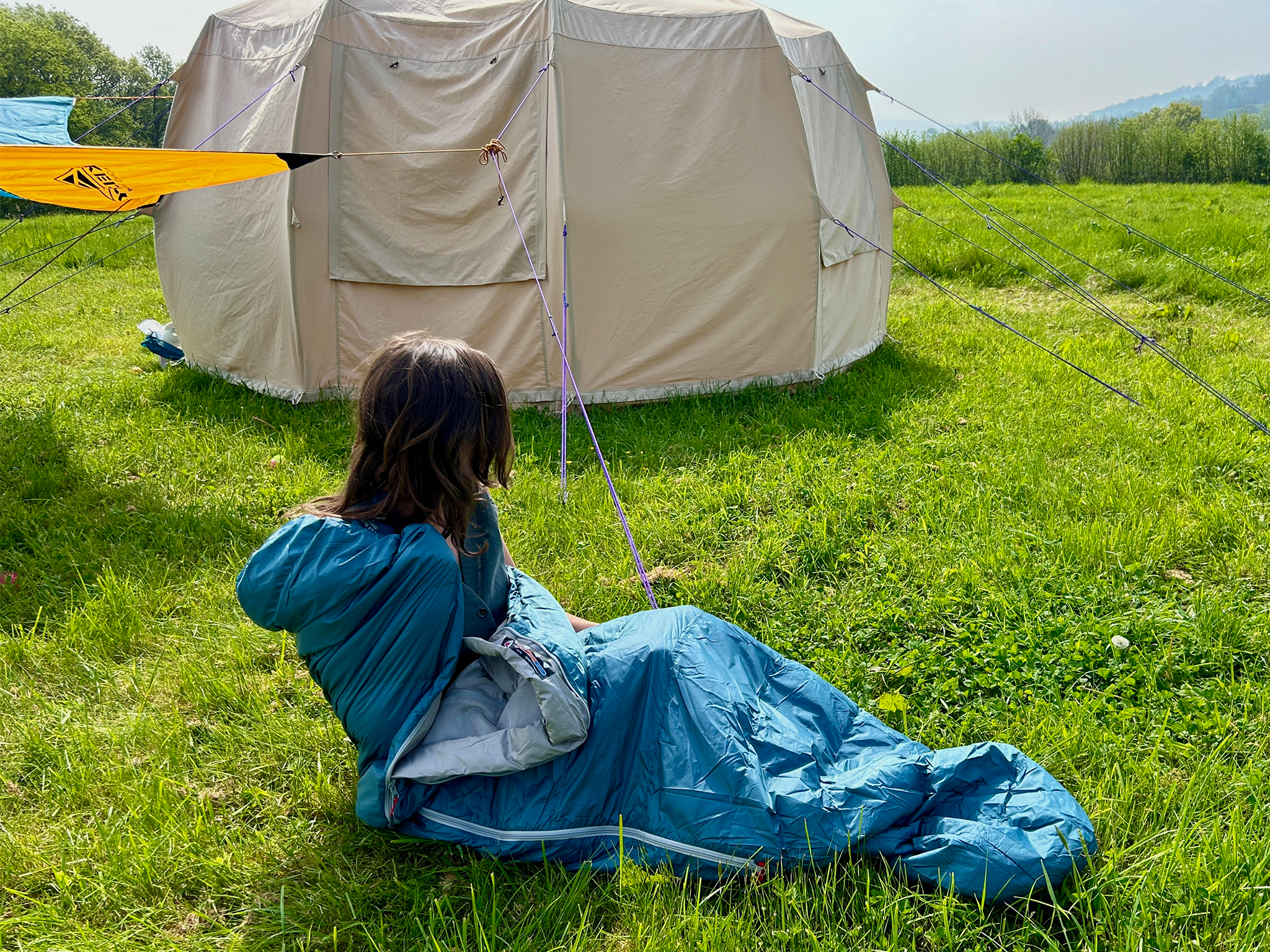
We tried out each sleeping bags while camping in Cornwall and the Cotswolds in (surprisingly chilly) spring temperatures that got as low as 5C. We were looked for a comfortable night’s sleep, quick heat trapping and durability in each model we tested.
The best sleeping bags for 2024 are:
- Best overall – Mammut perform down: £370, Mammut.com
- Best budget option – Mountain Warehouse microlite 1400: £39.99, Mountainwarehouse.com
- Best for kids – Mountain Warehouse apex mini mid: £16.99, Mountainwarehouse.com
- Best ultralight sleeping bag – Therm-A-Rest hyperion sleeping bag: £398.99, Ultralightoutdoorgear.co.uk
1Mammut perform down
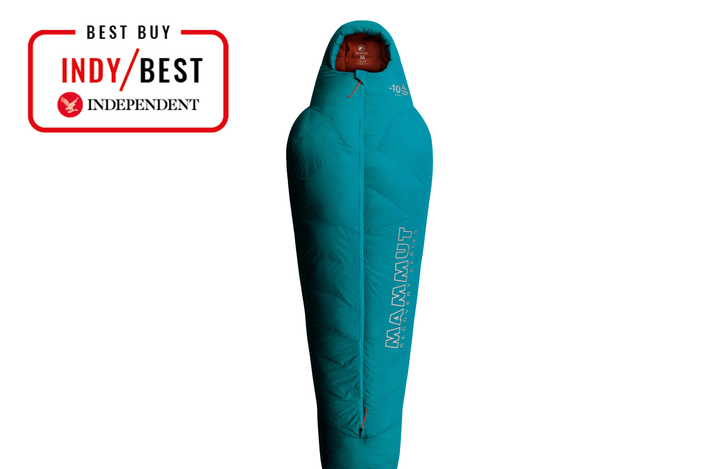
- Best Overall
- Comfort rating -7C
- Weight 1kg
- Fill Down
- Why we love it
- Perfect for backpacking
- Includes sleeping mask and earplugs
- Take note
- Expensive
Mammut really meant it when it named this bag “perform” – this design is our top pick for trekkers who need reliable warmth and comfort in tough conditions. Rated for comfort down to -7C, this is a seriously cosy bag – animal down instantly traps in body heat and is super warm, without adding much bulk or weight, so it’s ideal for backpacking. An adjustable hood and slim foot box further trap in the heat.
While the perform is one of the most expensive options in our round-up, it’s well worth the spend if you sleep outdoors year-round. We also like the included sleeping bag mask and earplugs – thoughtful little extras for getting a good night’s kip.
2Mountain Warehouse microlite 1400
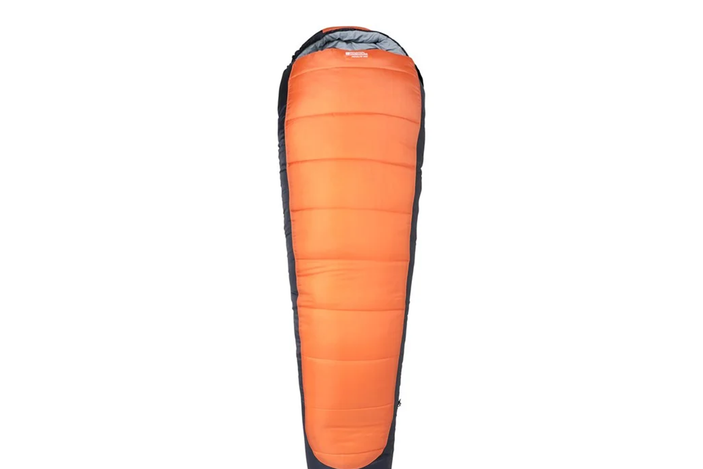
- Best Budget option
- Comfort rating 0C
- Weight 1.9kg
- Fill Polyester
- Why we love it
- Left- and right-handed zip versions and two lengths are available
- Take note
- Not the most compact or lightweight
A decent three-season sleeping bag for £50? Meet the microlite 1400, which ticks all the boxes for a reliable sleeping bag for a very pocket-friendly price. This mummy-shaped bag uses synthetic insulation plus a close-fitting hood to trap in heat, and has a comfort rating suitable for temperatures as low as 0C, which should suit milder winter camps in Britain.
It’s a real bargain for campers headed to wilder parts, although, this isn’t the lightest or most compact adventure bag, so, it won’t suit campers who are into packing super light. Left- and right-handed zip versions and two lengths are available.
3Mountain Warehouse apex mini mid

- Best For kids
- Comfort rating 5C
- Weight 900g
- Fill Synthetic fibre
- Why we love it
- Kid-friendly designs
- Great price
Bringing the littluns camping? A comfort rating of 5C makes this cute sleeping bag a decent choice for keeping kids cosy from spring through to autumn – our small tester was very comfy in May.
Mini campers can pick from turtles, unicorns or dinosaurs parading across their bag and the rectangular shape is roomy and comfortable. For family camps and sleepovers, you can’t go wrong at this price.
4Outwell camper lux double

- Best Double sleeping bag
- Comfort rating 5C
- Weight 4kg
- Fill Polyester
- Why we love it
- Cosy cotton lining
- Built-in pillows
- Take note
- Bulky when rolled up
Fancy sharing with your favourite camper this summer? Our pick of the double sleeping bags on offer is this snuggly two-person option from Outwell. A cotton inner liner feels as cosy as your duvet from home; there’s plenty of space for two, and we love the built-in pillows, which are handy in case you forget to bring yours. Where this comforting and cosy bag really differs from other double models we’ve tested is in warmth – it’s rated for comfort down to 5C and its limit is -1C, so it’ll be suitable for three seasons. This bag is heavy and bulky when rolled up but, if you’ve got the space to store it, it’s worth the spend.
5Robens gully 300

- Best For side sleepers
- Comfort rating 9C
- Weight 875g
- Fill Down and synthetic
- Why we love it
- Lightweight
- Down and synthetic fill hybrid
- Can be zipped together with another bag
Seventy-four per cent of us like to sleep on our sides – if you’re in the majority, choose a bag with a customisable left or right zipper to suit what side you like to sleep on, such as the Robens gully. Weighing in at less than a kilo, this is a light and airy bag that’s ideal for bringing along on fast-paced summer adventures and for use in bothies and campervans.
We like that Robens has gone for the best of both worlds, with a mix of down and synthetic fill for lightweight warmth. While this is a mummy-style bag, it’s not restrictive, and you can also zip together two Robens bags if you like your fellow camper and fancy sharing. A quality choice for summer weather.
6Vango apex 2

- Best Eco-friendly design
- Comfort rating -6C
- Weight 1.75kg
- Fill EcoLoft synthetic
- Why we love it
- Lining and fill made from recycled materials
- Reflects heat inwards
We’d love to see all outdoors brands use environmentally friendly materials as standard but, for now, Vango is leading the pack with the apex 2, which has a lining made from recycled fishing nets, and uses high-performing, recycled synthetic EcoLoft insulated filling to keep you cosy down to -6C, which should suit use in all seasons in Britain. The lining also reflects body heat back and makes you warm up fast on chilly nights. During testing, we found the mummy shape to be the perfect balance – slim enough to trap in heat, wide enough to get comfortable.
7Vango kanto XL quad sleeping bag

- Best Casual sleeping bag
- Comfort rating 9C
- Weight 2.3kg
- Fill Polyester
- Why we love it
- Roomy inside
- Like sleeping with a duvet
- Great for summer
- Affordable price
If you’re a fair-weather camper and only plan to use your sleeping bag during balmy summer weather, we reckon Vango’s kanto XL could be your perfect companion. This extra-large single bag is delightfully roomy and duvet-like to sleep in, and the generous size is ideal for tall or plus-size campers. The bag is easy to pack into its stuff sack and is soft against the skin, while the hood traps in warmth nicely. This bag is perfect for casual camps and camping during the summer months.
8Therm-A-Rest hyperion sleeping bag
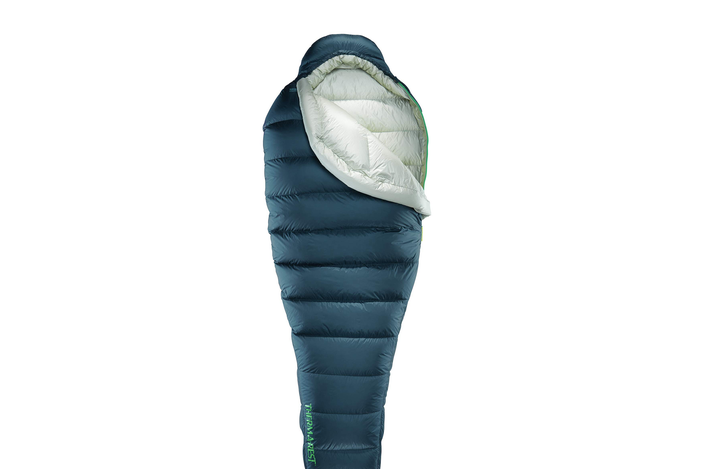
- Best Ultralight sleeping bag
- Comfort rating -6C
- Weight 594g
- Fill Down
- Why we love it
- Tiny when it’s packed down
- Lightweight
- Water-repellent
- Take note
- Expensive
The priciest sleeping bag in our round-up is also one of the very best we tested. If you’re into lightweight fastpacking or bikepacking adventures, you’re probably on the hunt for a design that won’t add weight or bulk to your kit, and, at 594g, the hyperion is impressively small (it packs down to the height of a large water bottle) and easy to pack. Unfurl it from its compression pack and you’ve got a delightfully soft and cosy bag, stuffed with animal down that’s been treated with Nikwax, so it’s water-repellent. The ergonomic shape of the hyperion traps in heat brilliantly, and we found it kept us warm and comfy on frosty autumn nights. A great quality choice for adventurous camping.
9Snugpak softie expansion 5

- Best For restless sleepers
- Comfort rating -15C
- Weight 2.3kg
- Fill Polyester
- Why we love it
- Roomy
- Allows for more airflow
- Suitable for use year-round
- Take note
- Weightier than some other bags
If you tend to toss and turn during the night, you’re likely to find slimmer sleeping bags on the restrictive side. However, the softie expansion is designed to give you plenty of room to get comfy. A clever elasticated expander panel means you can zip up snugly on a cold night but add extra space when needed, and that extra room also allows more air flow during hot nights. With a comfort rating of -15C, the softie will keep you warm in all seasons, and features a few handy extra features, including a built-in LED torch, an adjustable foot length and internal pockets. This is one of the heavier bags we tested, so it’s better suited for car camping rather than backpacking trips.
10Sea to Summit ascent ACII
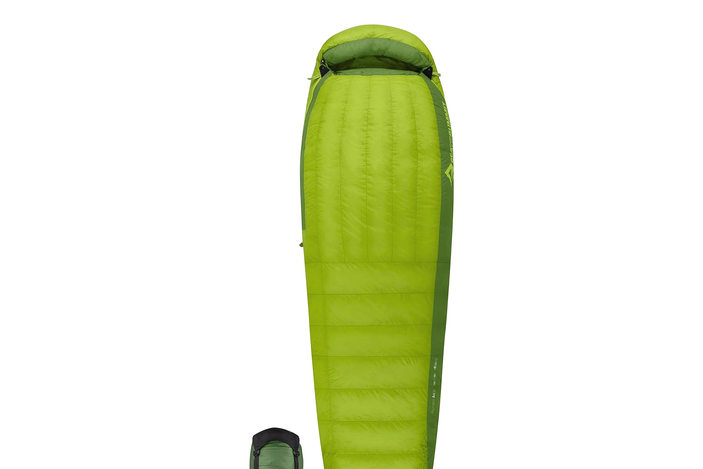
- Best All-rounder
- Comfort rating –10C
- Weight 1,100g
- Fill Down
- Why we love it
- Versatile
- Lightweight
- Suitable for use year-round
- Take note
- Pricey
This bright lime-green wonder is a great all-rounder of a sleeping bag that will work for camping holidays and wilder adventures alike. At 1.1kg, the ascent ACII is light and packable enough to bring along in your rucksack, but still offers a decent comfort temperature of -10C, thanks to its down filling, so you can get away with using it year-round.
A multiple-zip design makes it easy to add ventilation on hot nights, and you can fold down the top of the bag, like a quilt, for added comfort.
Available in unisex or women’s-specific lengths, this is a good does-it-all bit of kit.
11Voited premium wearable sleeping bag

- Best Wearable sleeping bag
- Comfort rating 11C
- Weight 1,150g to 1,500g, depending on size
- Fill Synthetic
- Why we love it
- Doubles as a coat
No need to unzip yourself from your comfortingly warm sleeping bag on a chilly morning – Voited’s clever new design is an all-in-one sleeping bag that can double up as a cosy coat if you simply unzip the foot box.
Warm primaloft insulation is a good synthetic (and vegan) alternative to animal down, and has a comfort limit of 11C, making this bag-with-arms a good choice for summer festivals and family holidays.
Of course, you get a bonus winter coat in the bargain, which you can sport during dog walks, the school run and more.
12Kelty cosmic ultra 20 800 down sleeping bag
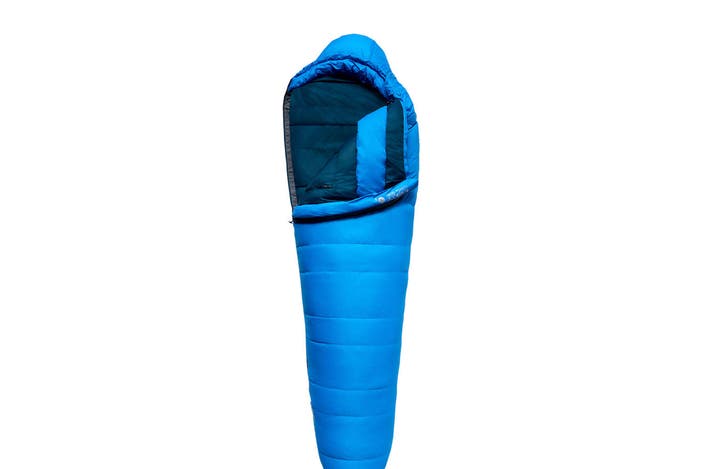
- Best Down bag
- Comfort rating -1C
- Weight 1,090g
- Fill Down
- Why we love it
- Nicely soft and squishy
If you tend to get cold at night, go for a down-filled sleeping bag – they always deliver on comfort and warmth. Kelty’s three-season cosmic ultra is a well-priced pick, stuffed with insulating DriDrown. This is Kelty’s own-brand technology, which is designed to keep you warm without excess weight, but will still work well if it gets wet from rain or humidity.
The cosmic ultra is pleasingly squishy and soft to sleep in, and will fit into a bigger backpack – perfect for weekends outdoors and more casual wild camping, as well as for traditional camping trips. There’s a good reason why this bag is a bestseller.
13Sierra Designs night cap 20 sleeping bag

- Best Recycled sleeping bag
- Comfort rating 1C
- Weight 1,388g
- Fill Synthetic
- Why we love it
- Recycled materials in the fill and lining
- Foot vent
- Zipless design
- Feels duvet-like
If you want to protect the planet with your sleeping bag purchase, Sierra Designs’s night cap 20 is made from recycled synthetic insulation sourced from plastic water bottles. It also features a recycled fabric outer material, so it’s a more eco-conscious choice than many designs.
We like the internal sleeping mat sleeve, so you can pop your camping mat inside to keep it in place if you’re a restless sleeper, and the foot vent, which makes it easy to cool off on hot nights.
This is a clever “zipless” design with an innovative duvet-style cover that gives you that tucked-in feeling of your bed at home.
14Haglofs musca -26 sleeping bag

- Best For winter
- Comfort rating -17C
- Weight 2,600g
- Fill Synthetic
- Why we love it
- Mummy shape isn’t restrictive
- Pillow pocket
Keeping you comfortable in temperatures down to -17C (or, in an extreme temperature of -50C, keeping you alive, if not that comfortable), this sleeping bag will suit most winter conditions in the UK. It’s also very affordable, compared with some other winter bags aimed at women.
The musca’s shape is a mummy style, without being too restrictive, so heat is trapped in without making you feel like you’re kipping in a coffin.
We wish all bags had a handy internal pillow pocket like the musca’s – just pop in your travel pillow for a comfier night’s sleep.
15Jack Wolfskin athmos down sleeping bag
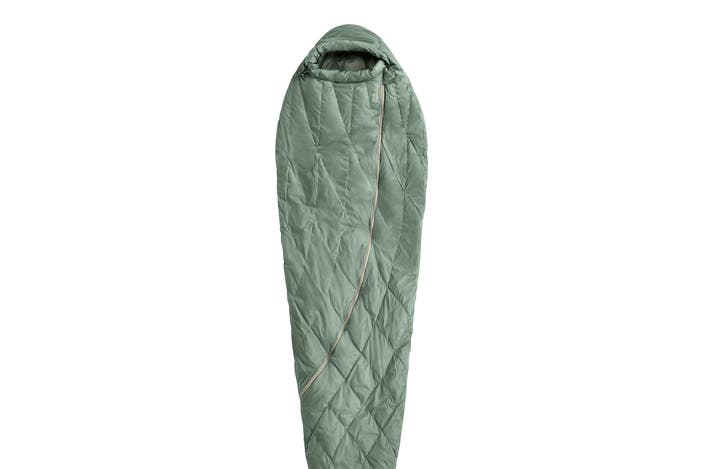
- Best For summer
- Comfort rating 9C
- Weight 650g
- Fill Down
- Why we love it
- Lightweight and packable
- Made mostly with recycled materials
On warm summer hiking adventures or when backpacking and camping abroad, you don’t want to be weighed down with a heavy, bulky bag – so, swap your warm winter equipment for Jack Wolfskin’s athmos.
Lightweight at just 650g and packable in a rucksack or a bike pannier, but with plenty of pleasingly soft down to keep you cosy, this is a good go-anywhere summer sleeping bag you could take on adventures in your carry-on. It also gets bonus points for being made mostly with recycled materials.
Sleeping bag FAQs
What types of sleeping bag are there?
Rectangular: The most traditional style of sleeping bag, the width is the same all the way down. This style is more spacious for sleeping, and can be opened up to serve as a quilt, but tend to be less warm and are better suited to casual summer camping, festivals and use in campervans and glamping tents.
Barrel shaped: Like a barrel, the shoulders and footbox taper in, and there will often be a hood, too.
Mummy: Expect a very snug fit here – the bag mimics the shape of your body, with a hood and adjustable drawstring, so it can be tightened around your face. This style tapers around the foot and is usually lighter and warmer, and better suited to multi-day hiking.
Double: Intended for two adults, double sleeping bags can also come with a hood.
Elephant foot sleeping bag: These are tapered towards your feet, and while they are highly fitted, just like a mummy-style bag, they won’t have a hood.
How to choose the best sleeping bag for you
First off, you’ll want to think about the fit – wriggly sleepers will want a looser shape with a bit more wiggle room.
Next, there’s the temperature – how chilly is it going to be where you’re going, and can your sleeping bag keep you toasty enough to drift off comfortably? If ease of use is a big factor for you, you may also want to consider the zip, and whether it’s long enough to give you easy access.
Read more: Best travel mugs and insulated flasks
Of course, you’ll need to consider weight, too – for longer trips, you’ll want a lighter bag that isn’t too much of a chore to lug around from place to place. Check both the weight and the pack size of the sleeping bag you have in mind – some of our featured bags will fit into the smallest of backpacks, so they’re a good choice for on-the-go hikers.
What sleeping bag filling is best?
Animal down is the best sleeping bag filling for warmth-to-weight ratio and heat retention. Sleeping bags made from down also tend to last longer and are easier to pack up in small bags. Note that you can’t let most down bags get wet, as they’ll quickly lose their warming properties, although some are water-resistant. While synthetically insulated sleeping bags are usually heavier and bulkier, they are generally better at keeping you warmer when it’s wet or humid, as well as drying out quicker. They’re also easier to clean, generally cheaper and more likely to be made from recycled materials.
Why are sleeping bags mummy-shaped?
By tapering towards your feet, and with the addition of a hood, mummy-shaped sleeping bags mean less unnecessary space. The aim here is to increase insulation – the less air there is around your body, the less heat you need to keep the bag toasty and warm.
How long are sleeping bags good for?
Although this will depend on how well you look after them, and the frequency of use, down-filled sleeping bags could last up to 10 or 15 years, while synthetic bags may last for around three to four, give or take.
The verdict: Sleeping bags
Serious campers sleeping in cold conditions will love Mammut’s perform. Like a bargain? Vango’s kanto and Mountain Warehouse microlite 1400 give great bang for your buck, while the Mountain Warehouse apex is a lovely affordable choice for kids.
While a good sleeping bag will keep you warm, check out our round-up of the best camping mats for a truly comfy night under the stars

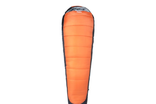

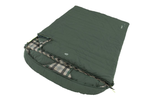
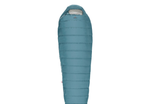
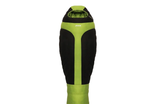
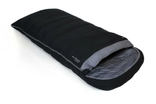

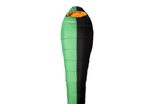




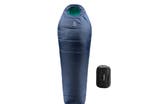

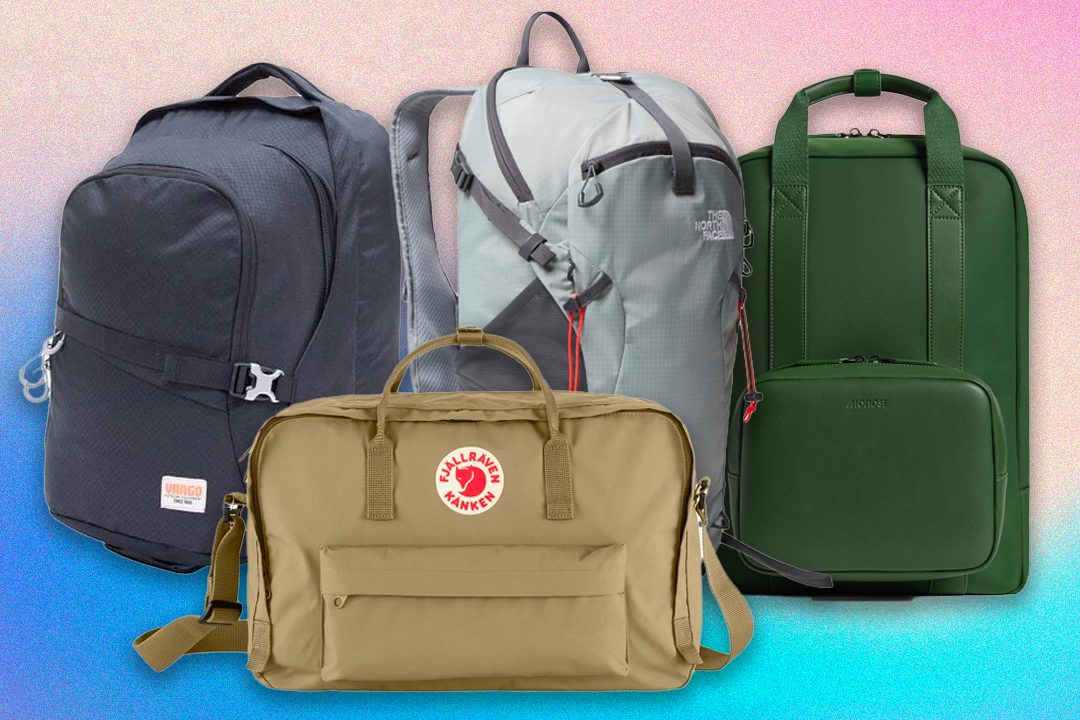

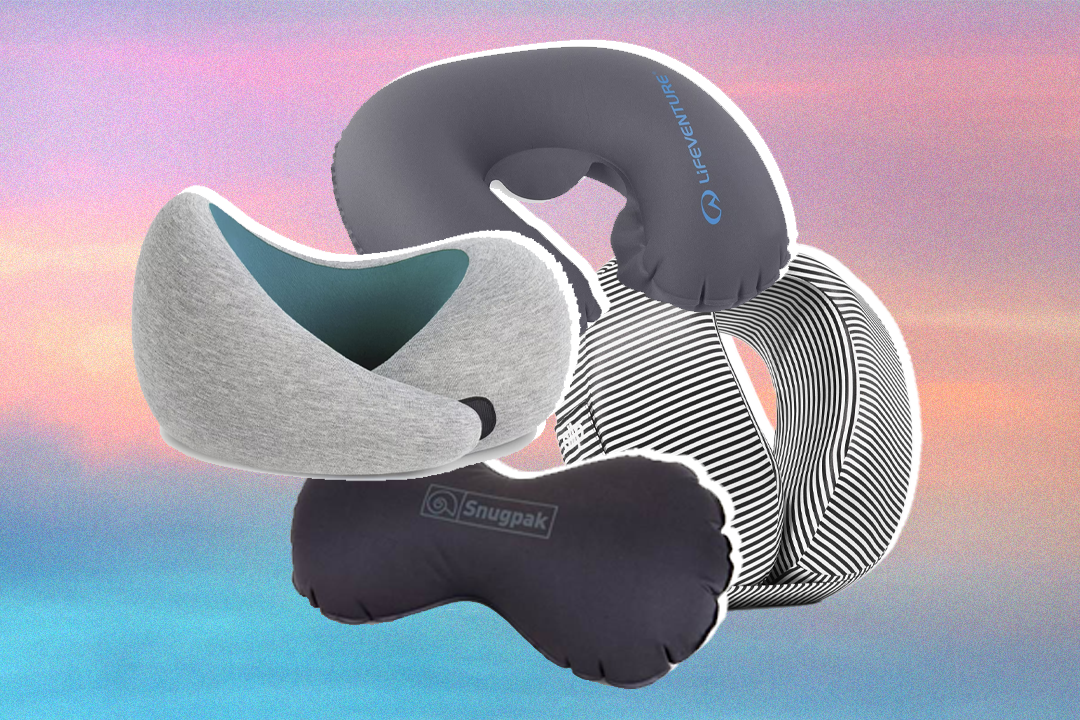

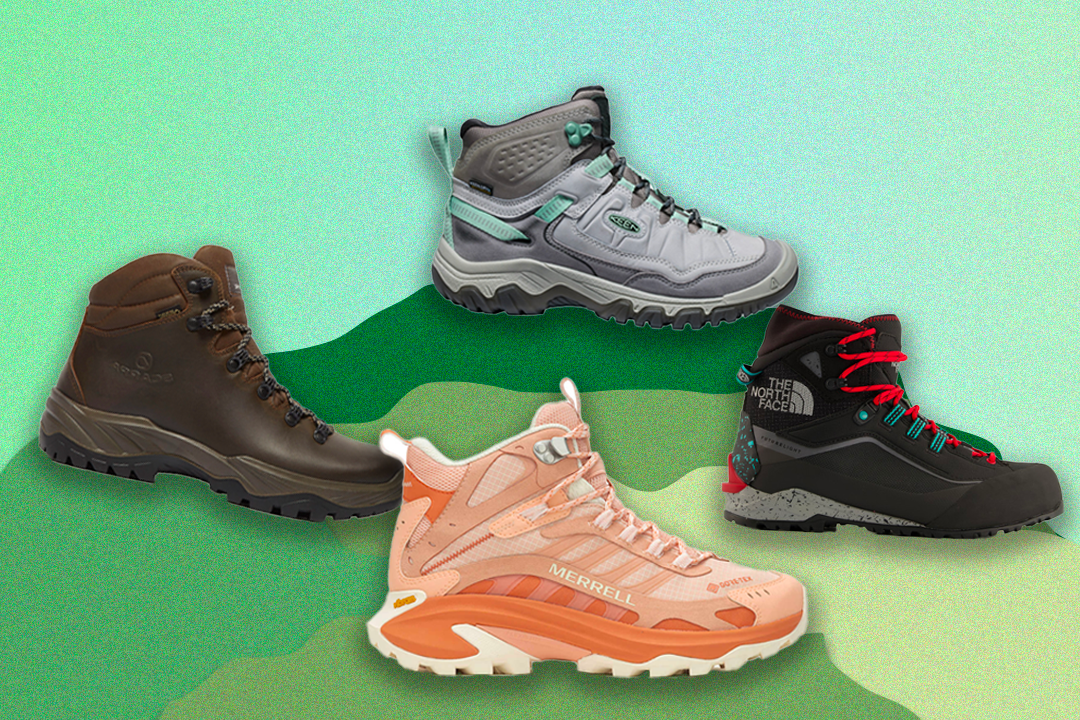
Bookmark popover
Removed from bookmarks